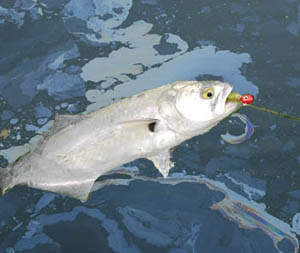Brolaski and the metropolitan imaginary

Julian Brolaski, gowanus atropolis (Ugly Duckling Presse, 2011), 104 pp., $15.00—Usage begets and outpaces grammatical and syntactical rules. In that sense, usage is equivalent in value to adaptation in evolution. Temporal events, both usage and adaptation nonetheless function within the constraints of an epoch, given to any “us” as the architectonics of space and structure. Julian Brolaski’s’ book has all the appearances, all the structural features, of contemporary free verse poetry, but those facades are made up of neologisms, of Indo-European and indigenous languages, all at the service of a radical eco-poetics of destructuration. Put another way, gowanus atropolis (which rhymes with acropolis but also evokes the antonym of a tropical city) reminds us that words are made out of other words, that sentient beings are made out of sentient beings, that, more radically, words are made out of non-words, sentient beings, out of non-sentient beings. The difference between, say, what C.J. Martin is doing and what Brolaski is doing is a matter of degrees, not kind: Martin tends to torque syntax (Brolaski’s poems are syntactically in line with contemporary experimental and traditional poetics) while Brolaski works at the level of semantics (the syllable is his most important unit of meaning). For Brolaski, then, Freud’s polymorphous perversity becomes the value-equivalent of the polysemous. His neologisms, like his multilingualism, remind us of both etymological histories as well as cultural differences. In this regard one of my favorite poems is “myths of manahatta.” Here are the first two stanzas:
from the woodlands of new York
lenape nation
sovereign L-train
the weckquaesgeeks
& reckgawanancs
& melville’s ‘mamhattoes’
unami munsee delawares
lenni lenape
oneida cayuga
onandaga seneca
mohawk
usually just ‘indians’
;basically algonquins’
‘were’ residents
The erasures here are linked, but not seamlessly, to heteronormative and speciest structures of containment, management and embargo, most fully worked out in “gowanus apocalypse” and “what ys my anatomie.” Brolaski’s penchant for Old English (or Greek and Latin) is not a form of sentimental yearning for “originals.” Brolaski is neither a “tree-hugger” nor a “Luddite.” Xe (a “translation” of the nominative pronoun; my “ ‘e” in the first poem of On Spec is another) acknowledges structures, spaces, “territory,” but xe also shows how the drive for being, for a future, transgresses boundaries and borders. gowanus atropolis is not an easy read but once one “acquires” Brolaski’s lexicon on the second (or third) reading, one uncovers a capacious humanity unconfined (merely) to the human.
Hunches, hedges, etc.